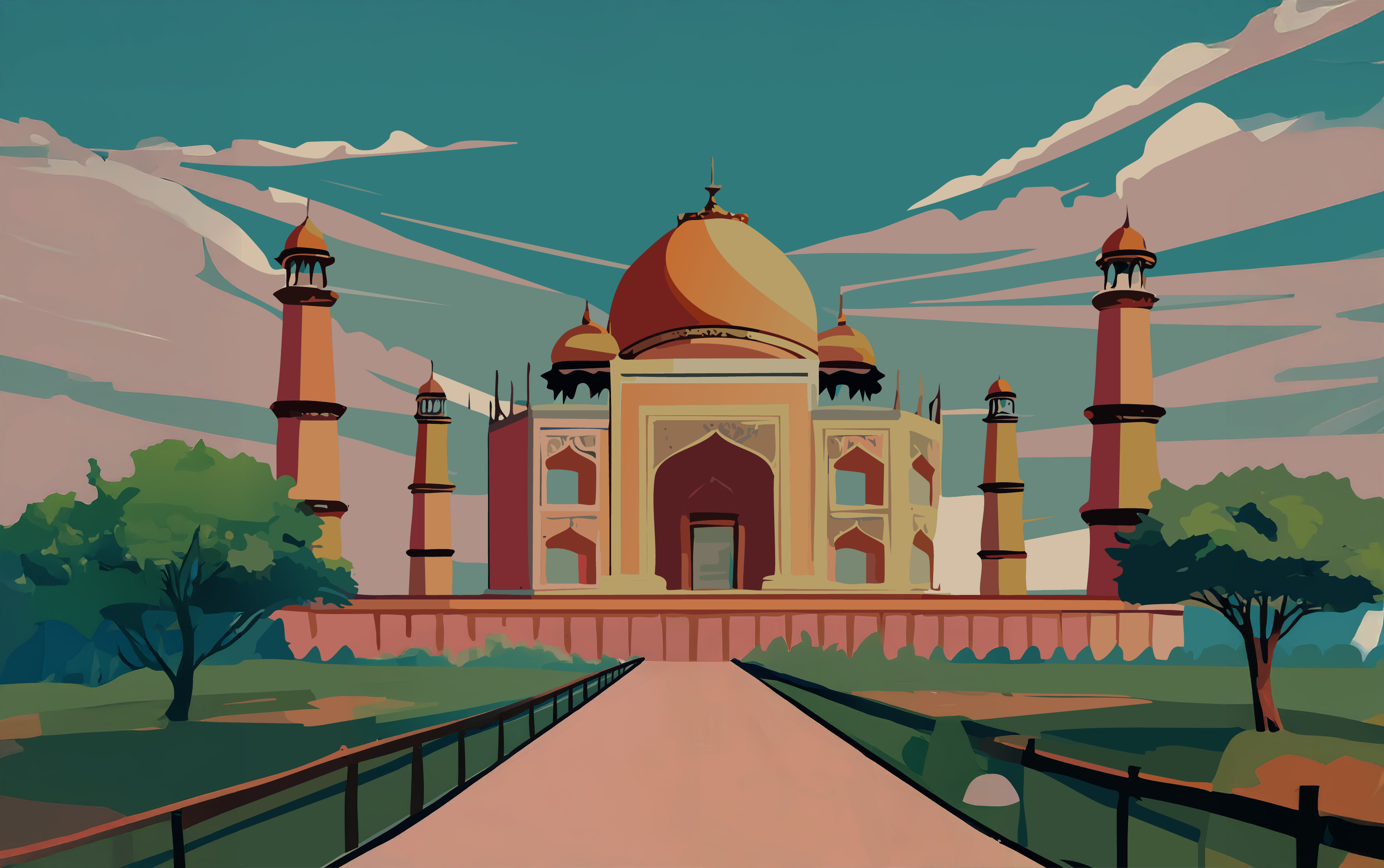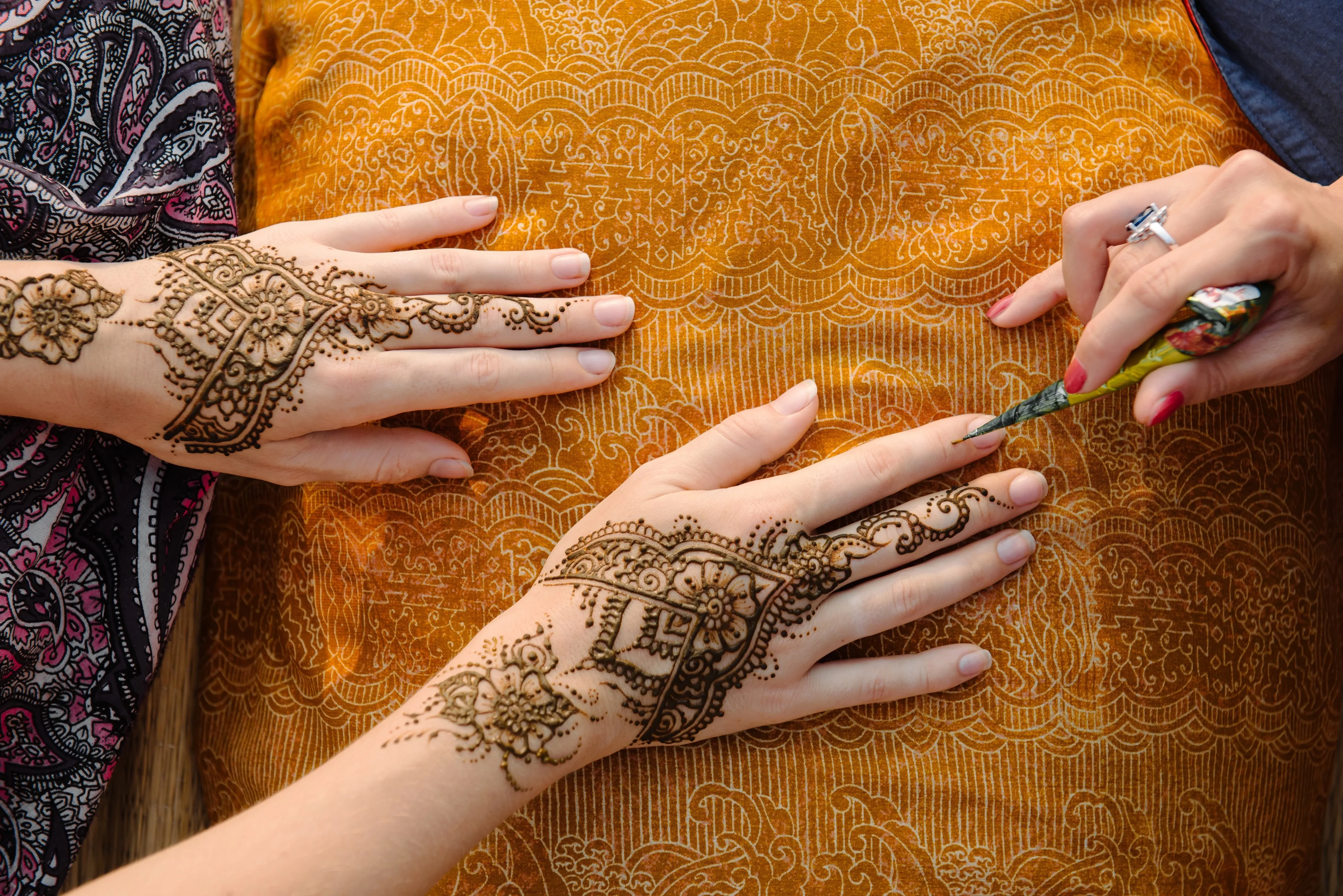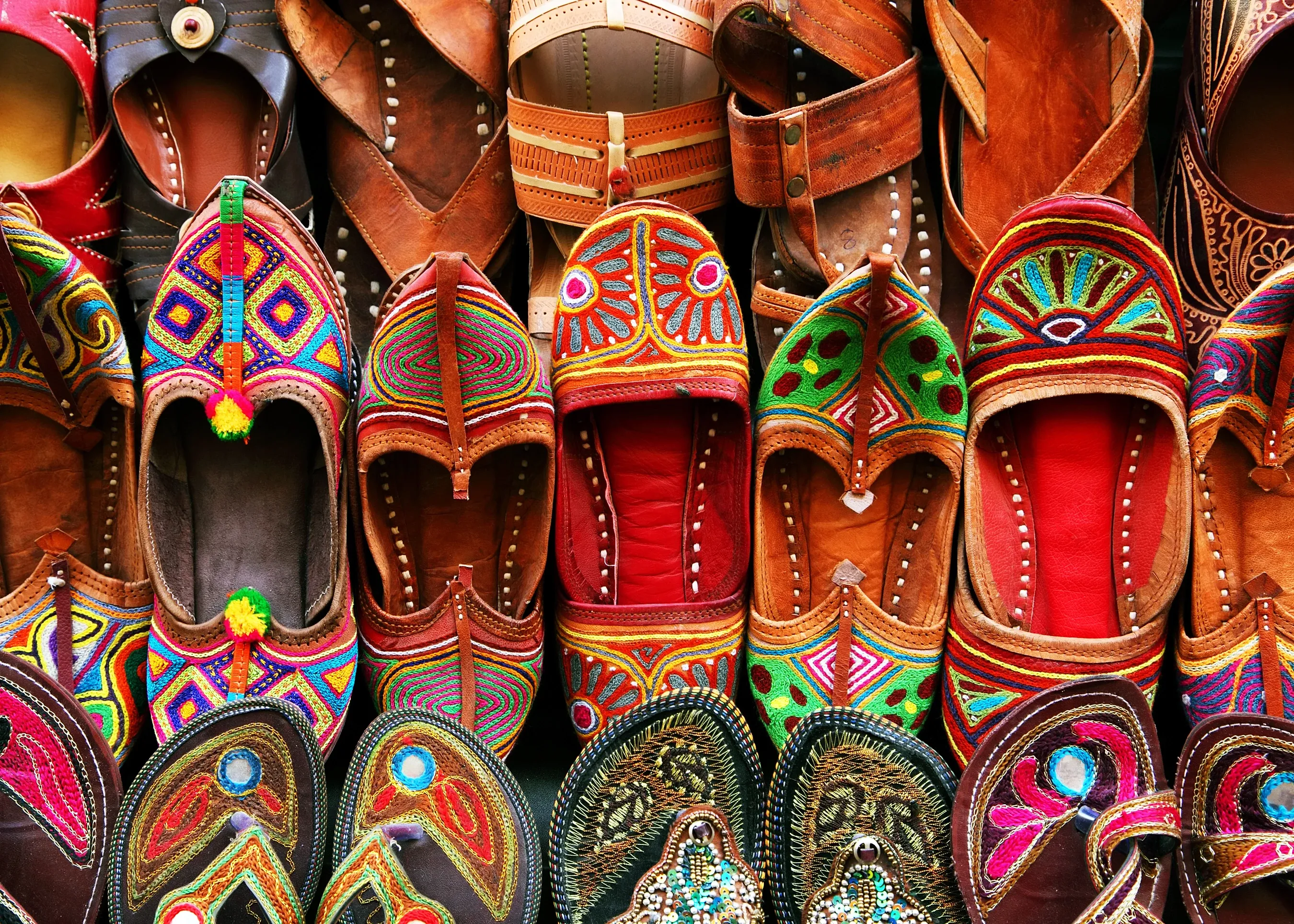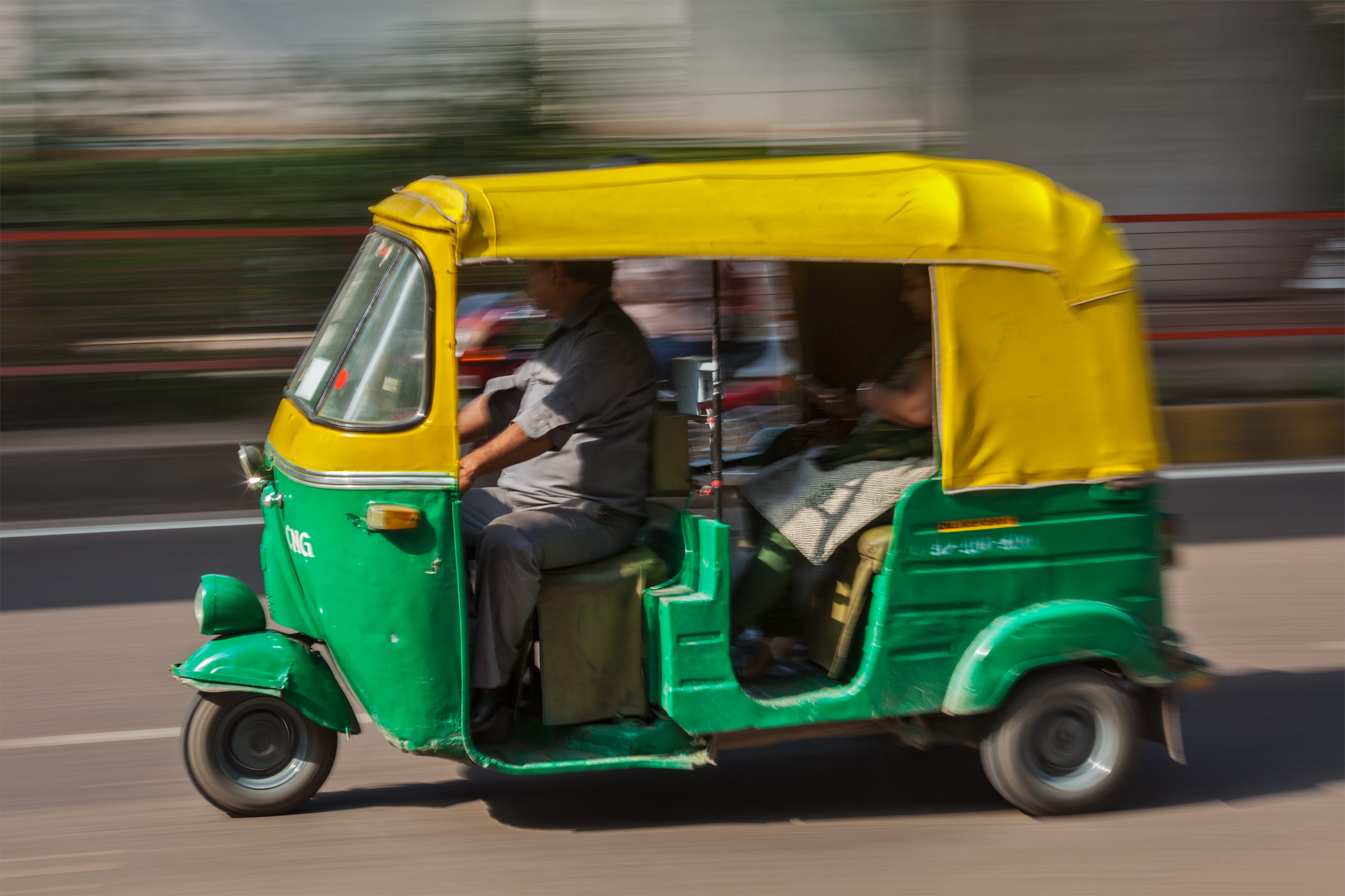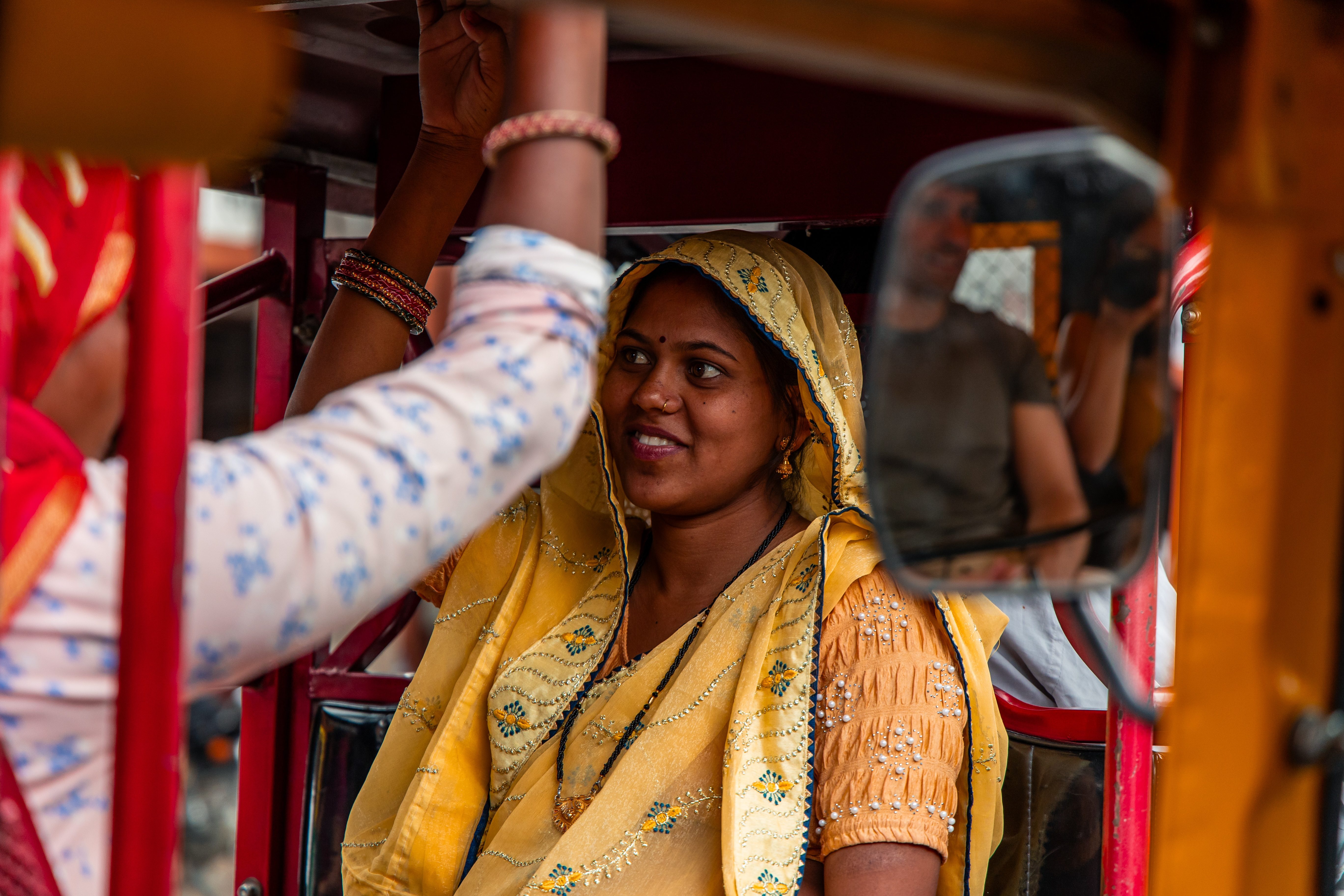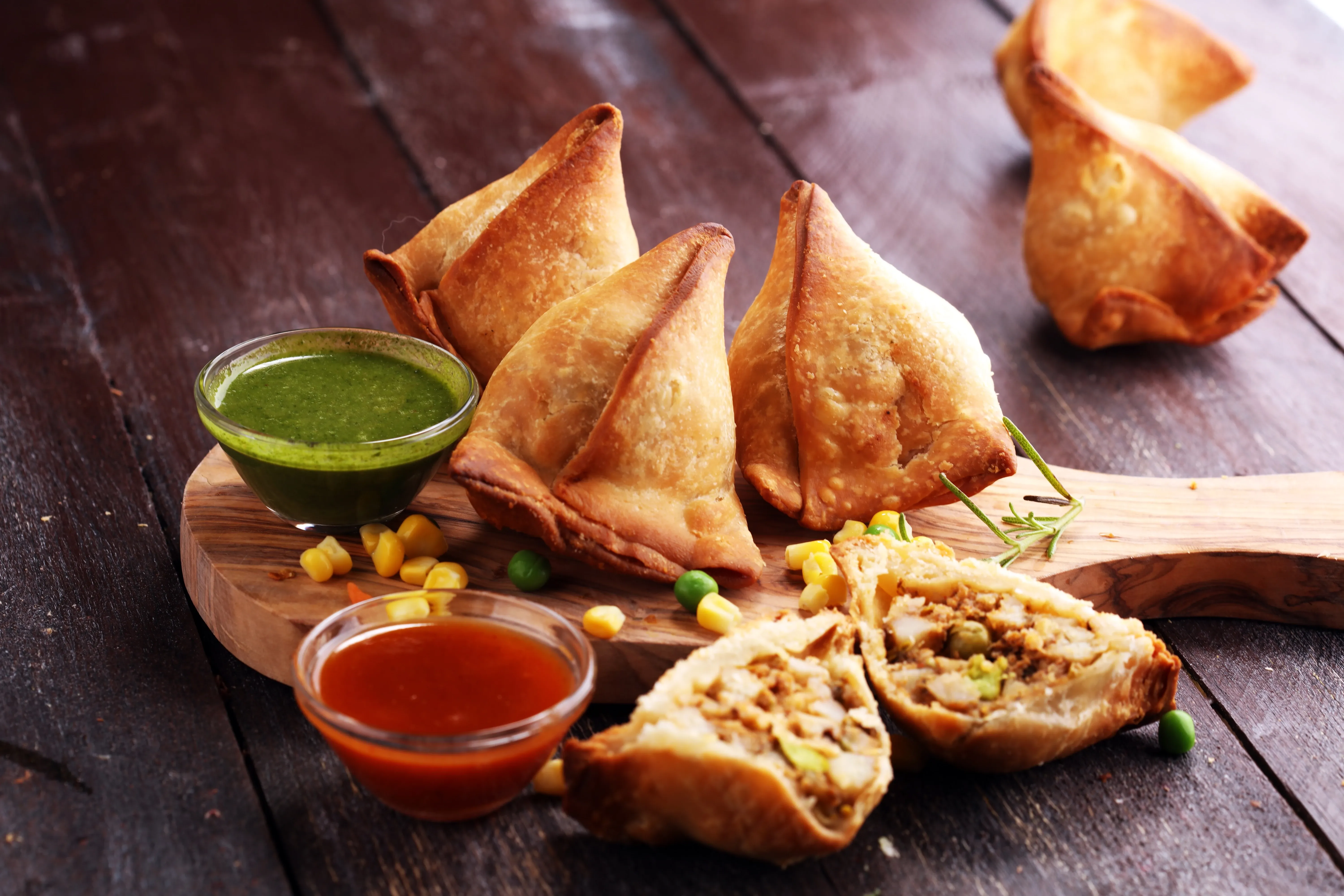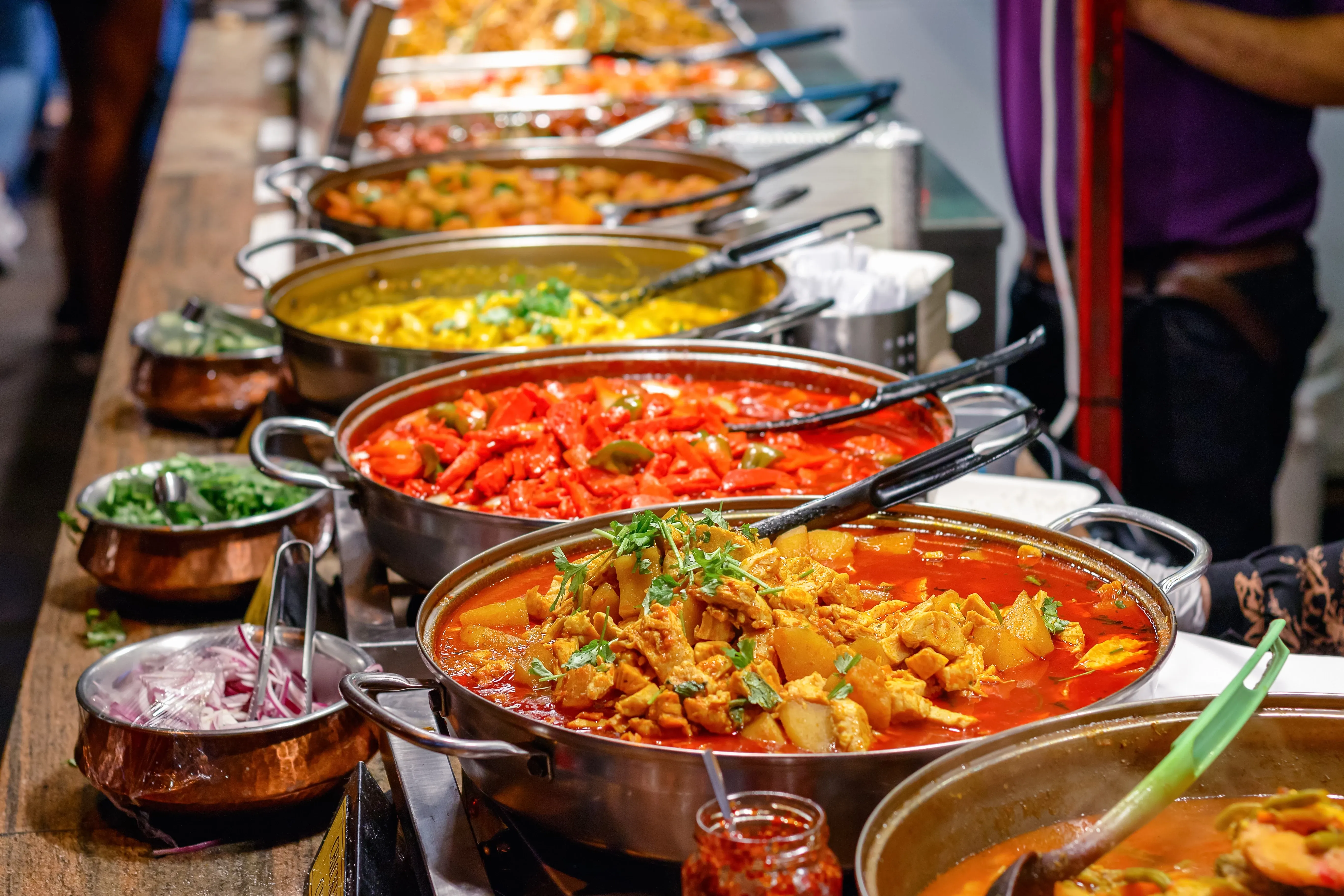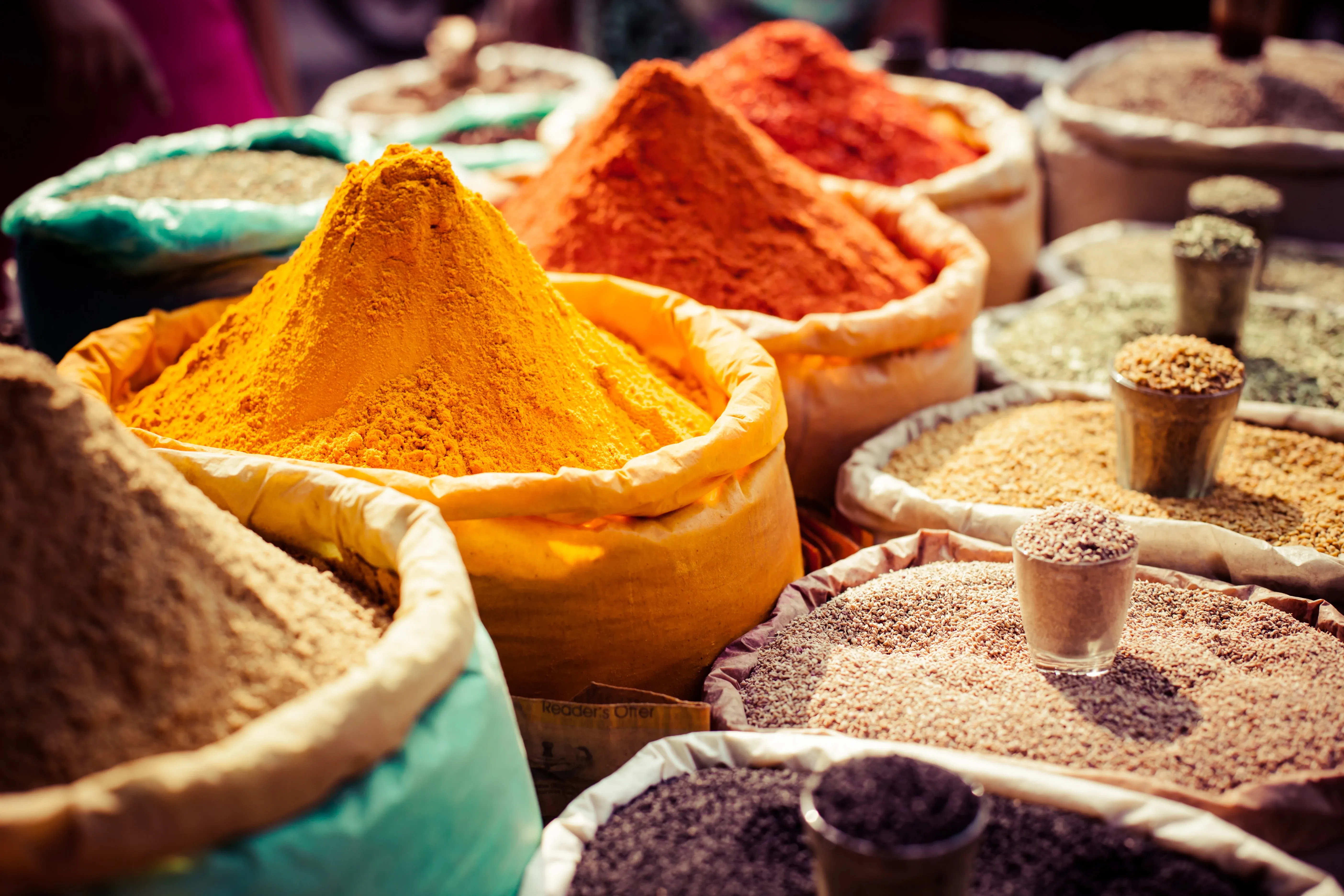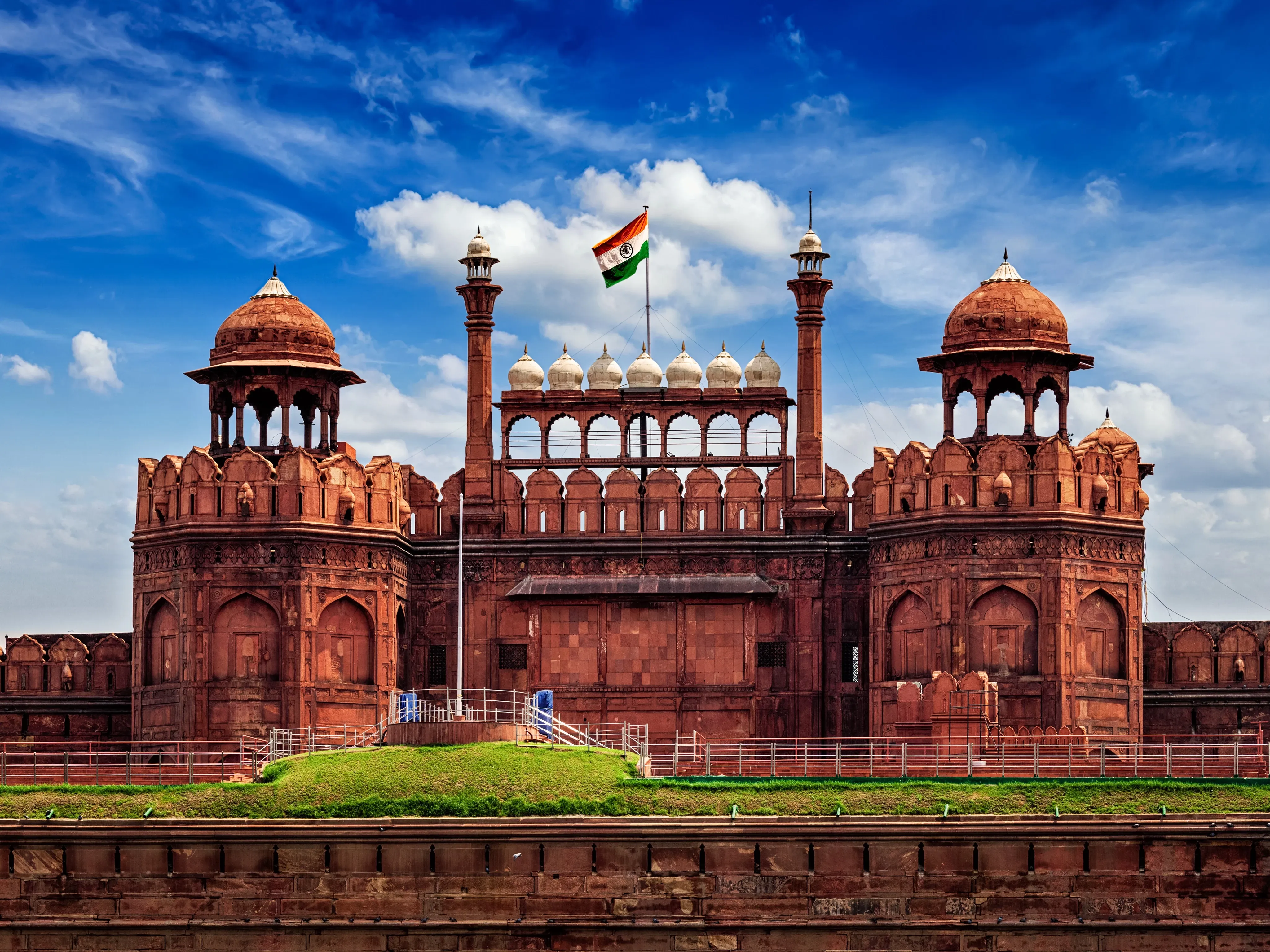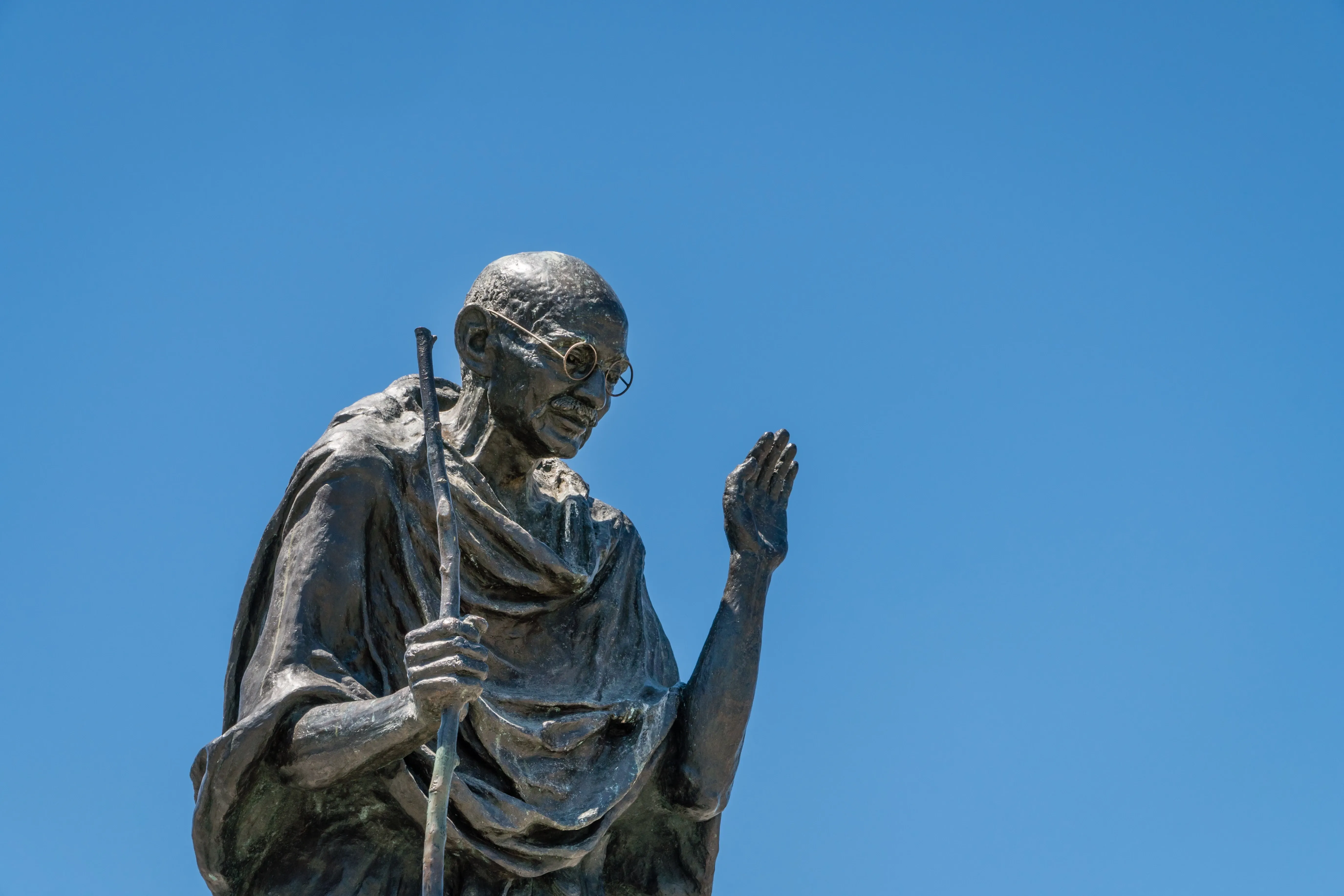India’s etiquette for travellers
India, a vibrant tapestry of cultures, languages, and traditions, offers a journey into a world where every gesture and custom holds deep significance. From the bustling streets of Delhi to the serene backwaters of Kerala, India invites visitors into a rich and diverse experience where spirituality, respect, and hospitality are key.
Known for its ancient heritage and deeply rooted philosophies, India is a land where centuries-old practices coexist with modern life, creating a unique blend of the past and present. The country’s cultural etiquette is shaped by its vast diversity. Yet certain core values such as reverence for elders, the importance of family, and the spirit of hospitality – are universally celebrated.
Whether you're enjoying a traditional meal, greeting a new acquaintance, or visiting a sacred temple, understanding and respecting these customs will help you connect more deeply with the Indian way of life.
As you embark on your journey through this diverse country, embracing the etiquette of India will enrich your experience and make your journey more smooth.
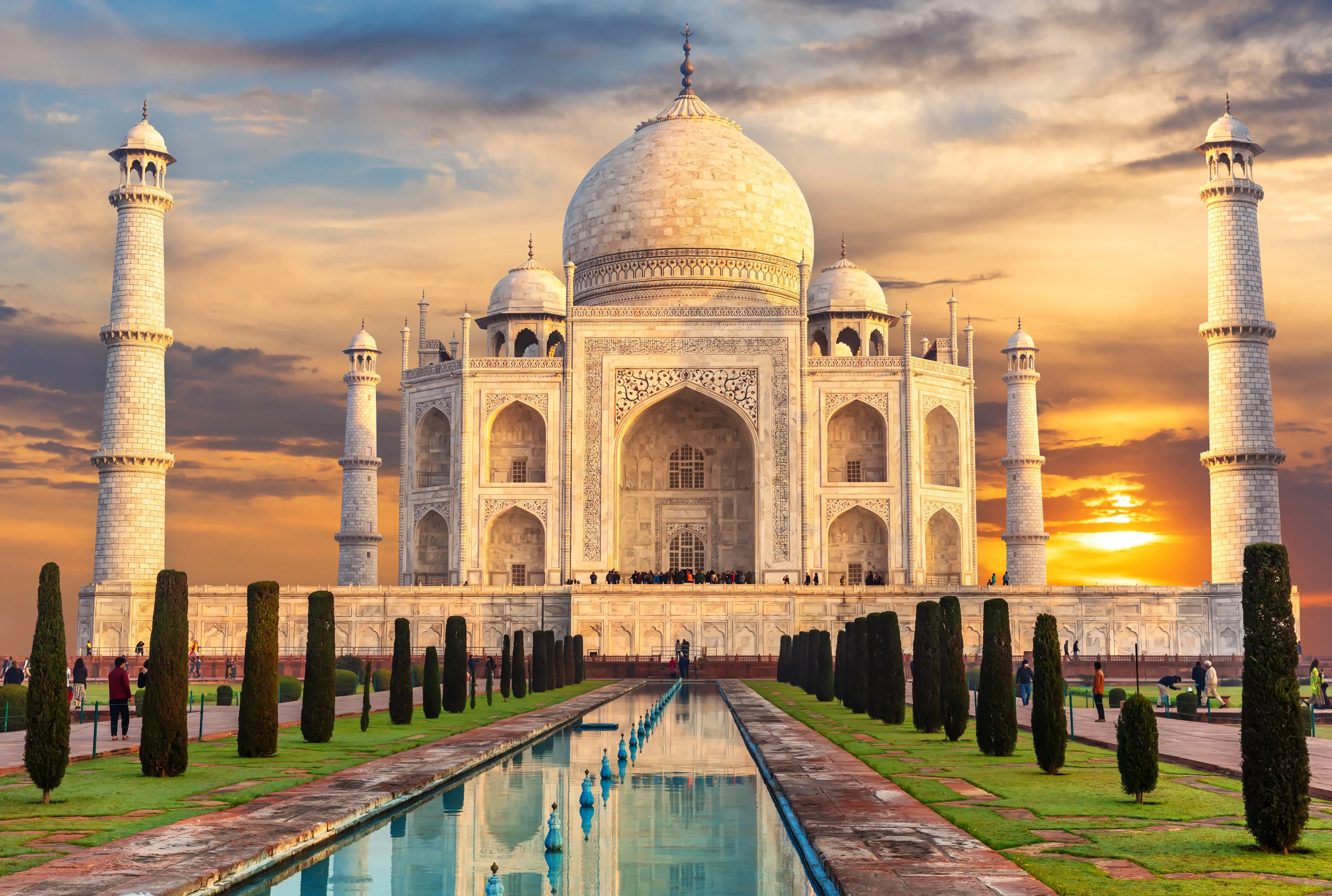
Greetings in India
In many parts of India, particularly during formal occasions, the traditional Hindu greeting of "Namaste" (meaning "I greet the divine within you") is commonly used.
This greeting is often accompanied by pressing the palms together in a prayer-like position, with fingertips facing upwards, and sometimes a slight bow or nod of the head depending on the status of the person being greeted. "Namaste" is not just a greeting, but a symbol of respect, acknowledging the divine presence in others.
While "Namaste" is the most widespread greeting, regional variations also exist. For example, in Gujarat, people may greet with the phrase "Kem cho?" meaning "How are you?" In Muslim communities, "Salaam" is commonly used, often accompanied by a handshake.
Shaking hands is generally appropriate between men and women, but it is polite to wait for the woman to extend her hand first. In more conservative settings, or for some Muslim or Hindu individuals, touching the opposite gender may be inappropriate, and in such cases, a simple "Namaste" or a warm smile is a respectful alternative. Physical contact, such as hugging or kissing, is typically reserved for close relationships and should be avoided in casual greetings.
In India, it is customary to greet the eldest or most senior person first. Some people may even touch the feet of elders as a sign of deep respect. It would also be best to address people using their titles (Mr., Mrs., etc.) and last names until they invite you to use first names. Additionally, adding the honorific "-ji" to someone's name (for example, "Madhavji") is a common way to show respect. This practice is used not only for people but also for inanimate objects or groups.
In summary, while greeting customs can vary across regions and communities, the underlying values of respect and warmth remain consistent throughout India. Understanding and observing local greeting practices is a meaningful way to connect with people and honour their cultural traditions.
»In India, the people teach you as much as the places do.«
Languages in India
India is a land of linguistic diversity, with more than 1,600 languages spoken across the country. The Constitution of India recognizes 22 languages under the Eighth Schedule, known as the "Scheduled Languages."
Among these, Hindi, written in the Devanagari script, is the official language of the Indian government and is spoken by a majority of the population. English also plays a significant role, serving as an associate official language used in business, government, and education.
In addition to Hindi and English, each region of India has its own native languages, making the country a fascinating mosaic of dialects and expressions. For instance, in the southern states, languages like Tamil, Telugu, Kannada, and Malayalam dominate.
In the north, Punjabi, Bengali, and Gujarati are widely spoken, while in the east, languages like Oriya and Assamese thrive. Each of these languages has its own rich literary history, reflecting the cultural heritage of its region.
Here are a few ways of saying hello in some of India’s languages:
- Hindi (North India):
- "Namaste" – "Hello" or "I bow to you"
- "Shukriya" – "Thank you"
- "Aap kaise hain?" – "How are you?"
- Tamil (South India):
- "Vanakkam" – "Hello" or "Greetings"
- "Nandri" – "Thank you"
- "Eppadi irukkeenga?" – "How are you?"
- Punjabi (North India):
- "Sat Sri Akal" – "Hello" or "God is the eternal truth"
- "Dhanyavaad" – "Thank you"
- "Tuhada ki haal hai?" – "How are you?"
- Bengali (East India):
- "Nomoskar" – "Hello"
- "Dhonnobad" – "Thank you"
- "Kemon acho?" – "How are you?"
- Gujarati (Western India):
- "Namaste" – "Hello"
- "Aabhar" – "Thank you"
- "Kem cho?" – "How are you?"
Cultural traditions in India
India is a country rich in cultural traditions, shaped by a history that spans millennia and by the myriad communities that call the country home.
While modernity and globalization have influenced many aspects of daily life, these traditions remain deeply embedded in the country’s identity, providing a rich and vibrant tapestry of practices that continue to thrive in today’s world.
Understanding and respecting these traditions is key to appreciating the complexity and beauty of Indian culture.
Religious and spiritual traditions in India
India is the birthplace of major world religions, including Hinduism, Buddhism, Jainism, and Sikhism. As such, religious practices play a significant role in the everyday lives of many people.
Hindu rituals, such as daily prayers, temple visits, and the celebration of festivals like Diwali, Holi, and Navratri, are deeply ingrained in the cultural fabric. Additionally, India’s Muslim population observes traditions such as fasting during Ramadan, celebrating Eid, and offering prayers at mosques.
In rural areas, spiritual practices may also include visiting local shrines, participating in community rituals, and engaging in devotional music and dance.
Festivals and celebrations in India
India’s festivals are colourful, joyous, and deeply rooted in cultural and religious history.
Each region has its own set of festivals, often centred around agricultural cycles, historical events, or religious occasions. Diwali, the festival of lights, celebrates the victory of light over darkness, while Holi, the festival of colours, marks the arrival of spring and the triumph of good over evil.
Other notable festivals include Onam in Kerala, Ganesh Chaturthi in Maharashtra, and Durga Puja in West Bengal. These celebrations often involve family gatherings, elaborate feasts, music, dance, and the exchange of gifts.
Many festivals are also marked by traditional clothing, including saris for women and kurta-pajamas for men.
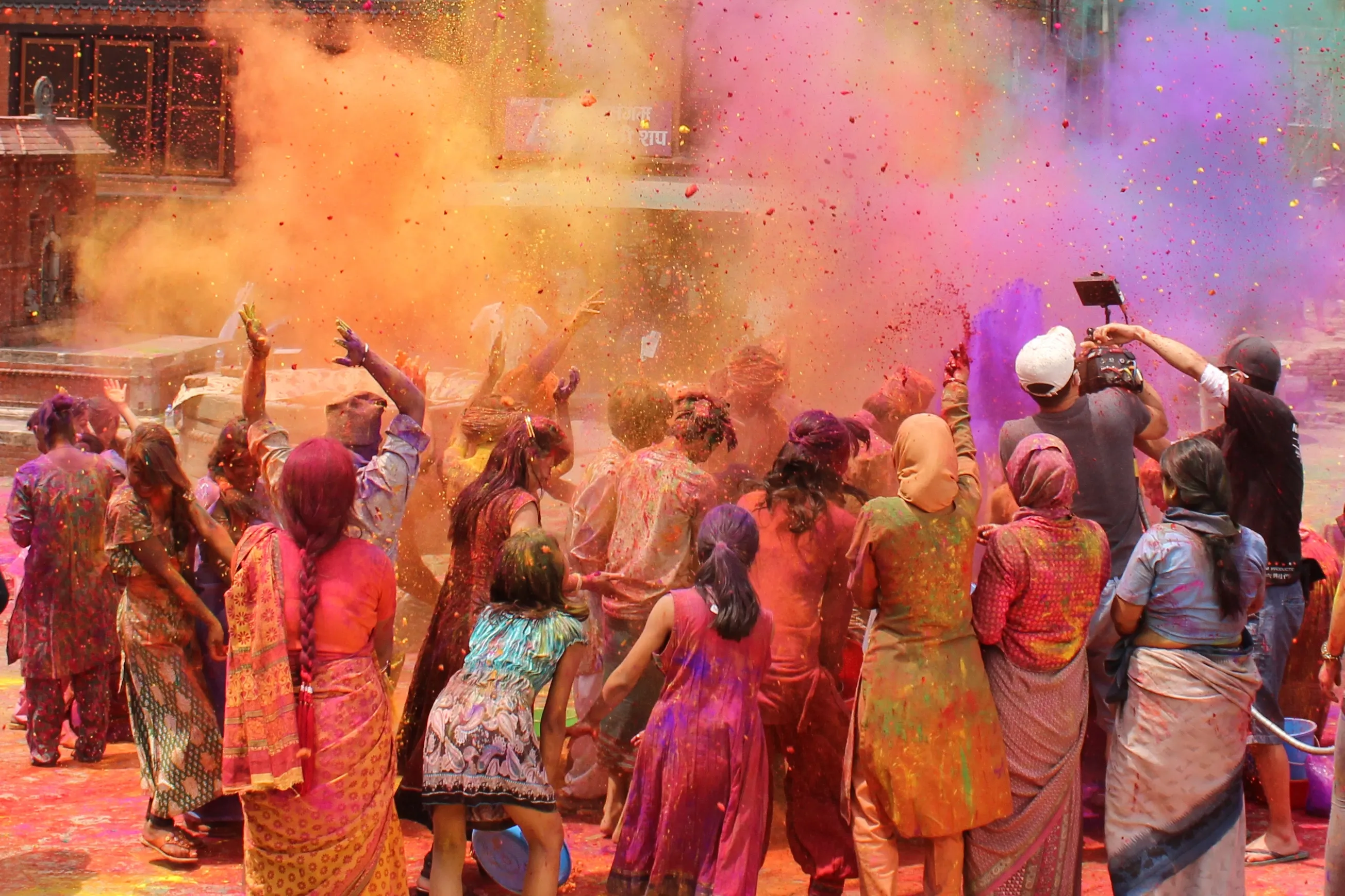
Family and social structure in India
In India, family plays a central role in shaping personal identity and providing social support.
Traditionally, families are often extended, meaning that multiple generations live together under one roof. Respect for elders and maintaining close family ties are of utmost importance. Arranged marriages are still common in many communities, where families play a pivotal role in selecting a spouse for their children.
Social hierarchy and respect for tradition are also evident in India’s caste system, though modern legal frameworks have made efforts to reduce caste-based discrimination it still plays a role in daily family life.
Respect for teachers, mentors, and spiritual leaders is highly valued, and the guru-shishya tradition (teacher-student) is still prevalent in areas like classical music and dance.
Arts and crafts in India
India has a rich artistic heritage that spans visual arts, music, dance, and literature.
Classical dance forms like Bharatanatyam, Kathak, and Odissi tell stories through intricate movements and gestures. Indian classical music, based on ragas (melodic scales), has influenced many other musical traditions around the world. Folk music and dance, such as Bhangra and Garba, are integral to celebrations and festivals.
Indian visual arts, from intricate Mughal miniatures to the vivid colours of Madhubani and Warli paintings, reflect the country’s diverse cultural heritage.
Traditional crafts such as weaving, pottery, and jewelry-making are still practiced today, with each region contributing unique techniques and designs.
Clothing and attire in India
Clothing in India is deeply influenced by regional, cultural, and climatic factors.
The sari, a long piece of fabric draped elegantly around the body, is a traditional attire worn by women, while men often wear kurta-pajamas or dhotis. In urban areas, Western-style clothing has become more common, especially among younger generations, but traditional clothing remains prominent, particularly during festivals and special occasions.
Respect for nature and the environment:
Indian culture has a long tradition of reverence for nature.
Many Hindu deities are associated with natural elements such as rivers, mountains, and animals. The Ganges River, for example, is considered sacred, and pilgrims travel long distances to bathe in its waters.
Similarly, trees like the banyan and the peepal are revered, and many Indians observe rituals to honour nature.
Traffic & transport tips in India
Traffic can be chaotic, so be extra careful when crossing streets or navigating busy roads.
When travelling by train, Google Maps can be really helpful to see the current position of a train and sometimes even the correct platform.
If you’re willing to spend a little extra for convenience, we recommend 12GoAsia for booking buses and trains. You can also try the official Indian Railways website, but it’s a bit more complicated.
For local transfers, you can either hail a tuk-tuk on the street or book a driver (and sometimes a tuk-tuk) via the Uber app. This ensures a reliable ride and transparent pricing. Note: Some drivers may claim they don’t have change, so be prepared for that.
Do’s and Don’ts when eating out in India
Indian cuisine is a vibrant and diverse tapestry of flavours, influenced by regional variations, historical influences, and a wide range of spices.
Staples like naan (leavened flatbread), rice, and dal (lentils) form the foundation of meals across the country. Dishes like butter chicken and chole bhature (chickpea curry with deep-fried bread) are iconic, while dosa (thin, crispy rice crepes) and sambar (spiced lentil soup) are popular in the south.
Whether you’re in the north, south, east, or west, Indian food offers a unique blend of savoury, sweet, sour, and spicy flavours.
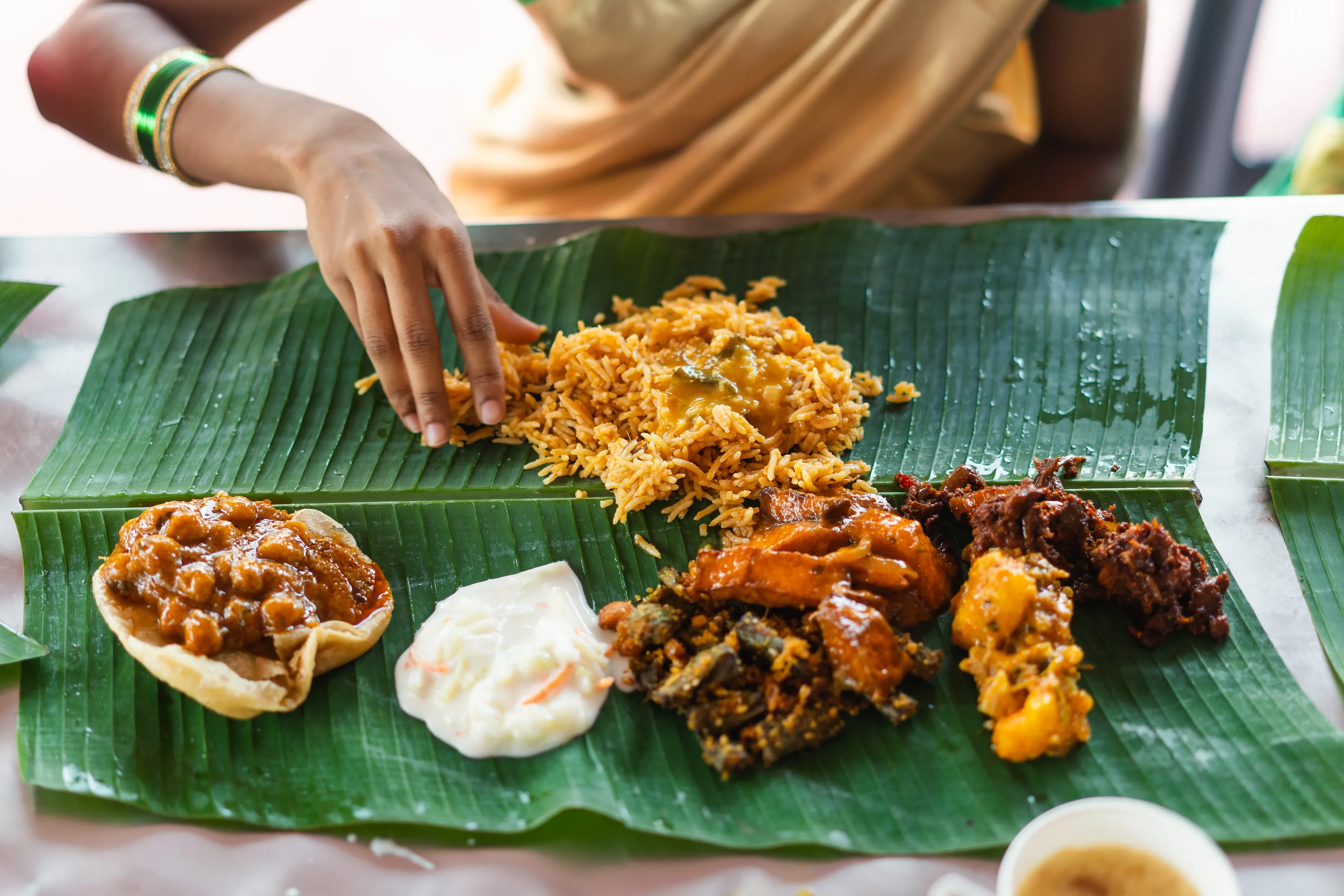
Dining etiquette in India: Do’s and Don’ts
Eating in India is a communal experience, often centred around sharing food with family and friends.
The meal is a celebration of culture, tradition, and hospitality. To fully enjoy the experience, consider the following do's and don’ts when dining in India.
Do’s while dining:
- Wash your hands: As most Indian meals are eaten with hands, it is custom to wash your hands before eating or serving food.
- Use your right hand for eating: In many parts of India, especially in the south and west, it is customary to eat with the right hand. The left hand is traditionally considered unclean, so always use the right hand if you are encouraged to eat with your hands
- Offer thanks with “Dhanyavaad” or “Shukriya”: Expressing gratitude after a meal is common. In Hindi, “Dhanyavaad” and in Urdu, “Shukriya” are polite ways to say thank you.
- Try street food: Indian street food is an essential part of the culinary experience. Don’t miss out on local delicacies like pani puri, samosas, or vada pav, but be mindful of hygiene standards to avoid stomach issues.
- Embrace your love for the vegetarian cuisine: Order vegetarian dishes and connect with others who appreciate this lifestyle. Many are pleasantly surprised when foreigners choose vegetarian options, which often sparks gratitude and a sense of shared values.
Don’ts while dining:
- Don’t expect pork or meat in your meals: Some Indians follow dietary restrictions rooted in their religious beliefs. For instance, practicing Muslims do not eat pork, while many Hindus avoid beef due to the sacred significance of cows in their faith.
- Avoid over-seasoning food: Indian food is already rich in spices. Adding more chili or seasoning can be seen as disrespectful, as it may imply that the food wasn’t prepared well. Enjoy the meal as it is prepared.
- Don’t expect alcoholic drinks: Many Indians choose to avoid alcohol due to religious beliefs (such as Islam or Buddhism) or personal upbringing. Only offer or serve alcohol if you are sure that your Indian guest drinks it.
Tipping etiquette in India
Tipping in India is common, especially in the tourism, hospitality, and service industries. While not always mandatory, it is a way to show appreciation for good service. The amount of tip can vary based on the quality of service and the region you're in.
For tour guides and drivers, a tip at the end of your trip is customary. Guides typically receive INR 500–1000 per day per traveller, while drivers are usually tipped INR 200–500 per day per traveller. It is polite to present the tip in an envelope.
In hotels, tipping is appreciated but not expected. You can leave INR 50–100 per night for housekeeping staff, and porters generally receive INR 20–50 per bag. If you're staying at a luxury hotel, you may leave a collective tip at the reception to be shared among the staff.
At restaurants, check if a service charge is included in the bill. If not, leaving 5–10% of the total bill is a generous but not required gesture. For small, local eateries, rounding up the bill or leaving INR 20–50 is common.
For drivers and bellboys in taxis or other hired vehicles, it’s customary to tip INR 50–100 depending on the distance or service provided.
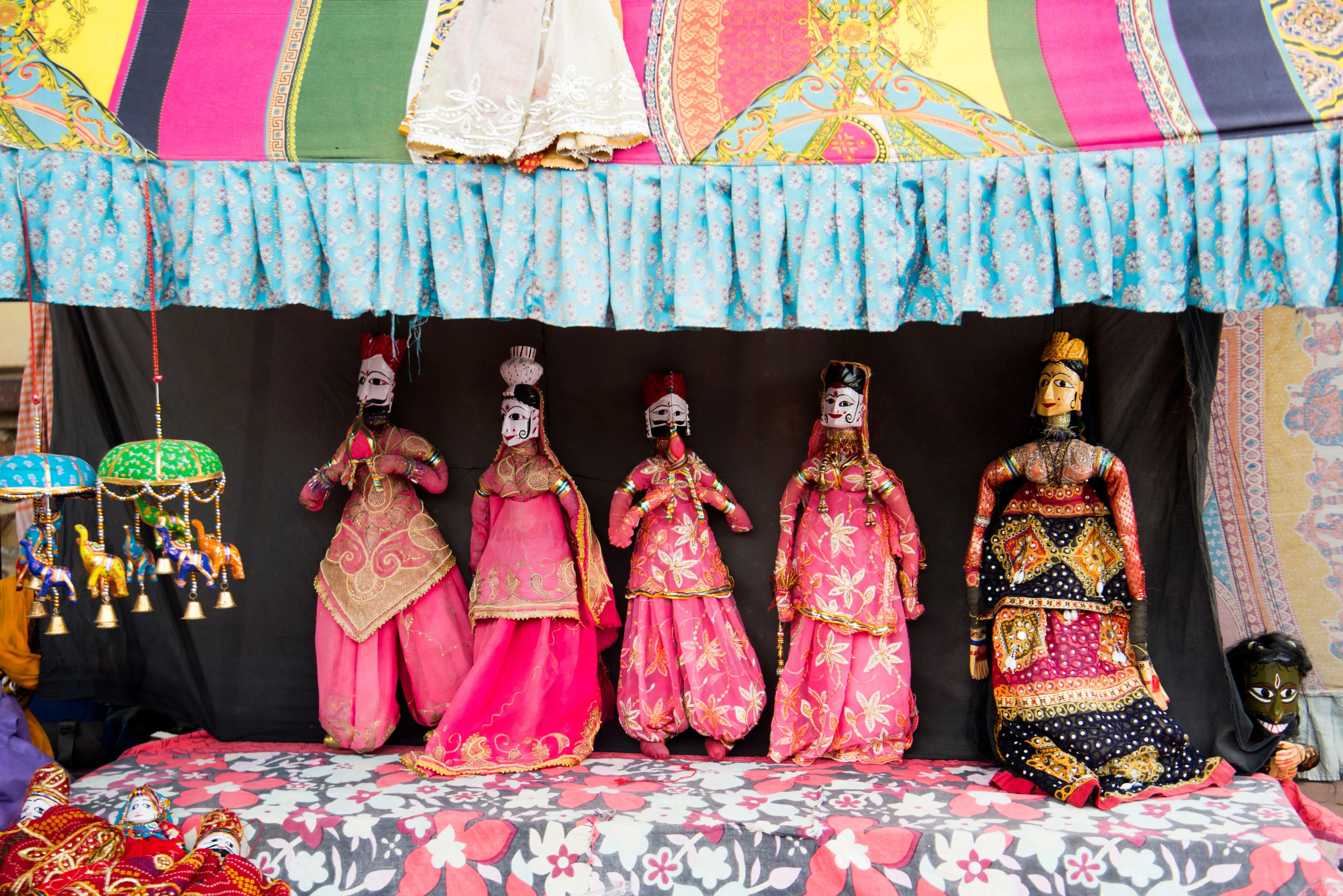
Other Do’s and Don’ts in India
India is a land of rich traditions, diverse cultures, and deep-rooted customs. As one of the world’s most vibrant and complex countries, it’s important for travellers to understand and respect local practices to ensure a positive and respectful experience.
Whether you are exploring the bustling streets of Delhi, visiting sacred temples in Varanasi, or experiencing the serene beauty of Kerala, being mindful of India's cultural nuances will enrich your travel experience. Here are some more essential do’s and don’ts to help you navigate India with confidence and respect for its people and traditions.
Do’s:
- Dress modestly: India is a diverse country with many cultural norms. While urban areas are more relaxed, it’s respectful to dress modestly, especially in religious places. Women should cover their shoulders, and men should avoid wearing shorts in temples or places of worship.
- Respect religious practices: India is home to many religions, and it’s important to show respect in places of worship. Always remove your shoes before entering temples, mosques, and some other sacred spaces. It’s also customary to cover your head in some temples and mosques. Be a passive and quiet visitor when joining ceremonies and rituals.
- Bargain politely in markets: Bargaining is common in local markets and street stalls, but always do so with a friendly attitude. It’s part of the shopping culture in India, but it’s important to remain courteous and avoid aggressive negotiations.
- Respect wildlife and nature: India’s natural beauty is extraordinary, from its lush forests to its pristine beaches and majestic wildlife. Always respect nature by not littering, avoiding interactions with wild animals, and supporting conscious tourism practices.
- Show respect for elders: In India, respect for elders is a deeply ingrained value. It’s customary to greet older individuals with a traditional gesture like touching their feet (known as "Pranam") as a sign of respect. When addressing elders, use titles like "Uncle" or "Auntie" (even for non-relatives) as a sign of courtesy, and always offer them your seat when traveling.
- Use both hands when giving or receiving: When offering or accepting gifts, money, or food, try to use both hands or your right hand. The left hand is often considered impolite in many parts of India.
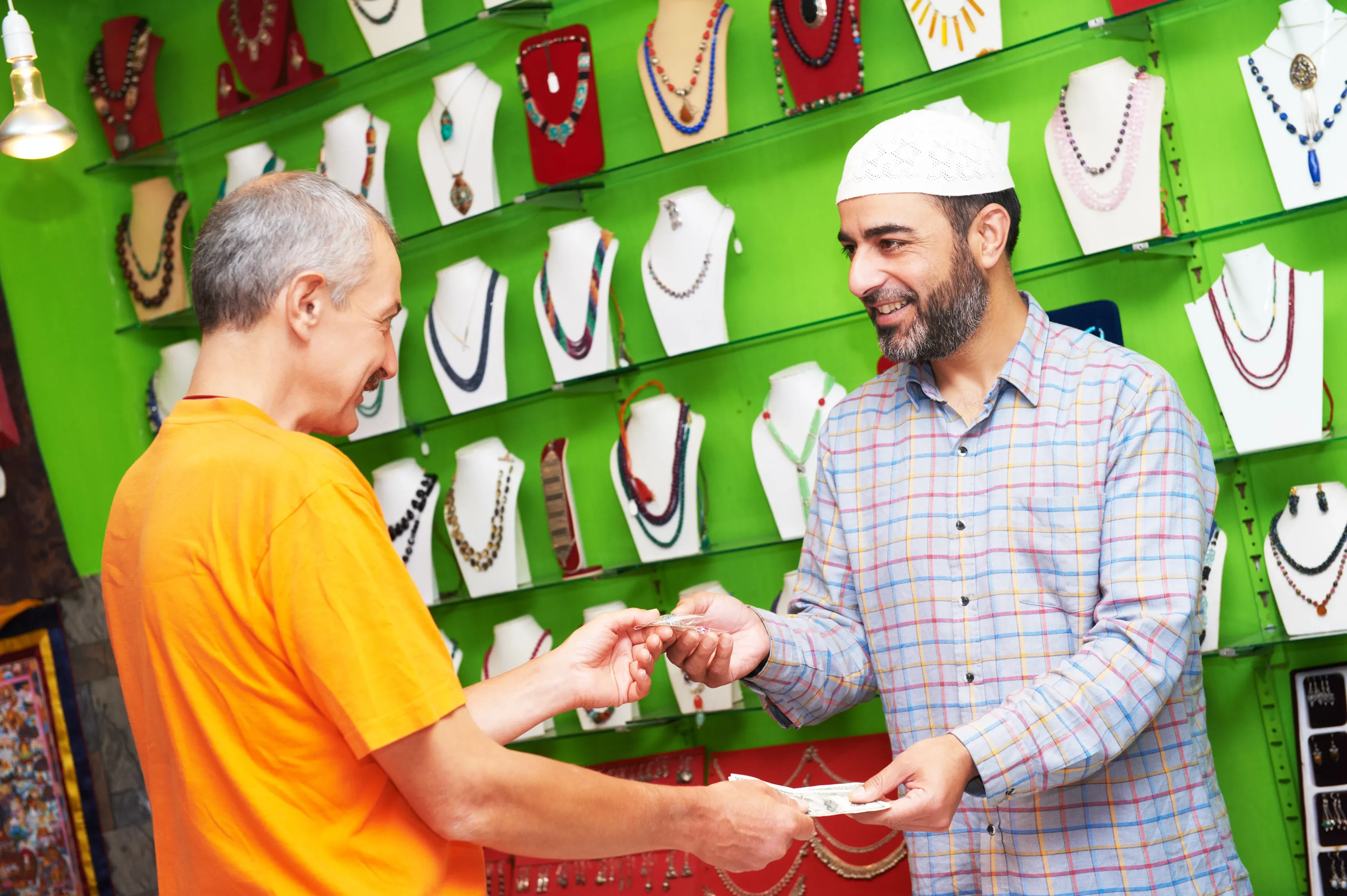
Don’ts:
- Don’t point at people: Pointing directly at people is considered rude in India. If you need to indicate something, use your whole hand or gesture with your chin or eyes.
- Avoid public displays of affection: Public displays of affection, like kissing or hugging, are generally frowned upon in India, especially in rural areas. It’s best to keep physical affection private.
- Don’t touch people’s heads: In India, the head is considered the most sacred part of the body. It’s disrespectful to touch someone’s head, particularly children.
- Don’t engage in political or sensitive discussions: India has a complex social, cultural, and political landscape. Avoid getting into deep discussions about sensitive topics, such as politics or religion, unless you are sure the person is comfortable with the subject.
- Avoid tap water: To avoid waterborne illnesses, it's advised not to drink tap water in India. Stick to bottled or purified water, and always check that the seal on the bottle is intact before purchasing. Be cautious with ice in drinks as well, as it may have been made with untreated water.
- Don’t take photos without permission: While capturing memories is important, always be respectful when taking photos, especially in religious sites or when locals are present. Ask for permission before taking photos of people, and be aware of signs indicating whether photography is allowed in certain areas. Avoid using flash in temples, sacred places or around wildlife.
- Don’t take offense if people stare: Visitors often attract curious glances, especially when dressed differently. Keep in mind that many locals haven’t had the chance to travel internationally, so their curiosity —especially in remote areas— is natural and a sign of interest rather than rudeness.
Quick Facts about India
- Official language: Hindi, English
- Form of government: Federal parliamentary republic
- Population: Over 1.4 billion
- Capital city: New Delhi
- Currency: Indian Rupee (INR)
- Time zone: Indian Standard Time (IST)
- Telephone area code: +91
- Summer months: March to June
- Winter months: November to February
- Climatically warmest temperatures: 50°C (in some regions)
- Climatically coldest temperatures: -40°C (in the northern mountainous regions)
- Standard voltage of electricity: 230 V
Reminder: Learn about the history of India
India's history is one of the oldest and most complex in the world, spanning thousands of years and a multitude of civilizations. The subcontinent has witnessed the rise and fall of empires, the birth of major religions, and a rich cultural heritage that continues to shape its identity today.
In ancient times, the Indus Valley Civilization (around 3300–1300 BCE) flourished in what is now modern-day Pakistan and northwest India, known for its advanced urban planning, drainage systems, and early forms of writing. The Vedic period followed, during which the foundation for Hinduism was laid, with the composition of the Vedas, the oldest sacred texts in the world.
By 6th century BCE, India saw the emergence of great philosophical schools and religions, including Buddhism and Jainism, founded by Siddhartha Gautama (Buddha) and Mahavira. These new spiritual paths brought about significant changes to Indian society, influencing not just India but also much of Asia.
The Maurya Empire (322–185 BCE) was one of the first major political entities to unite much of the Indian subcontinent. Under the leadership of Emperor Ashoka, Buddhism spread widely, both within India and to other parts of Asia. The Gupta Empire (approximately 320–550 CE) ushered in a golden age of Indian culture, with significant advancements in mathematics, astronomy, literature, and art.
From the 12th century onward, India saw the arrival of various Islamic empires, including the Delhi Sultanate and the Mughal Empire, which left an indelible mark on Indian architecture, culture, and society. The Mughal period, in particular, is known for its monumental architecture, including the Taj Mahal, as well as advancements in art, literature, and the blending of Hindu and Muslim cultures.
The British colonization of India began in the mid-18th century and led to almost two centuries of British rule. The British period saw the construction of railways, the introduction of Western education, and the development of new legal and administrative systems.
However, British rule also caused widespread hardship, leading to various uprisings and movements for independence. The Indian independence movement, led by figures such as Mahatma Gandhi, Jawaharlal Nehru, and Subhas Chandra Bose, gained momentum in the early 20th century and culminated in India’s independence in 1947.
The partition of India in 1947 led to the creation of the separate nations of India and Pakistan, accompanied by large-scale violence and mass migration. Despite these challenges, India emerged as a secular, democratic republic with the adoption of its constitution in 1950.
In the decades that followed, India underwent significant political, economic, and social reforms. The country became a global player in the 21st century, marked by rapid economic growth, a thriving technology sector, and a growing cultural influence worldwide.
India continues to embrace its rich history while balancing tradition with modernity, making it one of the most diverse and dynamic countries in the world.
Indian etiquette in brief
India is a country where ancient customs, rich cultural diversity, and spiritual traditions intersect. Respect for elders, religious rituals, and a deep sense of hospitality are at the heart of Indian society.
Whether you are visiting sacred temples, participating in festivals, or simply engaging with locals, understanding and embracing India's etiquette is essential to ensuring a positive and respectful experience. From greeting with a warm "Namaste" to observing proper dress codes in religious places, the way you interact with others can reflect your appreciation for India’s traditions.
India also holds a strong commitment to family, social hierarchy, and hospitality, so showing respect for these values will enrich your travels and help foster meaningful connections with the people you meet.
By following local customs, you will be able to enjoy a rewarding and culturally immersive experience in this diverse and vibrant country.
Source references:
Cultural Atlas
MasterClass
Asia Society
Lonely Planet
Ministry of Culture - Government of India
Wise
Sign up for the newsletter
By clicking on “Subscribe now” I will subscribe to the Conscious Explorer newsletter with all the information about mindful travel. Information on the success measurement included in the consent, the use of the shipping service provider MailChimp, logging of the registration and your rights of revocation can be found in our privacy policy.
